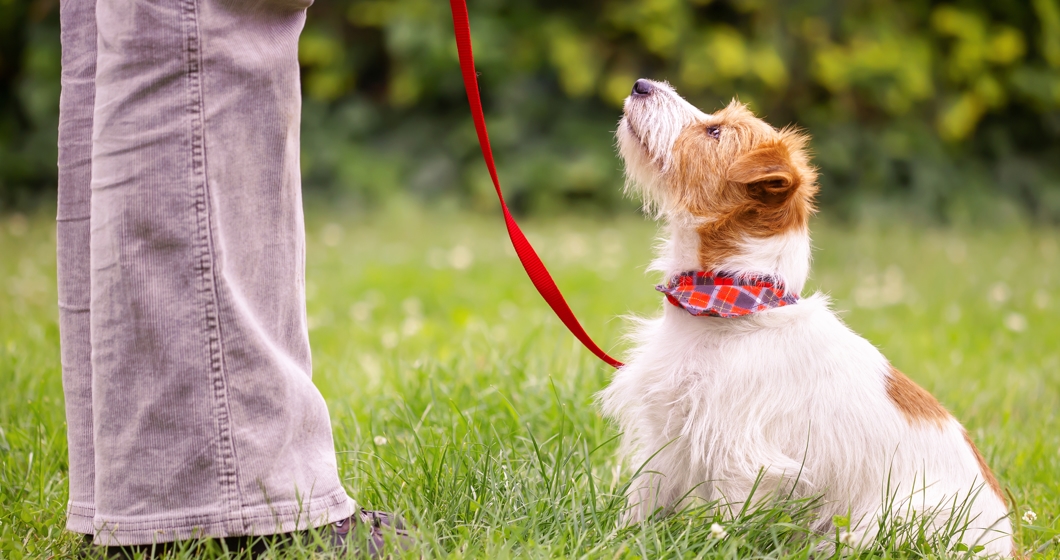Bringing a new furry friend into your life is an exciting experience, but it also introduces new challenges like leash training. Teaching your dog to walk on a leash is essential for their safety and your peace of mind, as well as your overall happiness. There are a few proven steps to getting your dog to walk well on a leash, and for the most part, success comes down to patience and consistency.
The Basics of Leash Training
Before diving into the specifics of leash training, it's important to understand three important concepts:
- Start Early
Begin leash training as early as possible, ideally when your dog is still a puppy. However, it's never too late to train an older dog.
- Choose the Right Equipment
Invest in a suitable leash and collar or harness. A training leash for dogs, which is typically longer and allows more freedom of movement, can be helpful for beginners.
- Be Patient
Remember that every dog is unique and will learn at their own pace. Be patient, and always use positive reinforcement techniques.
How to Leash Train Your Dog: A Step-By-Step Guide
Step One: Introduce the Leash
The first step in leash training is to familiarize your dog with the leash and help them associate it with positive experiences. Like every part of this process, this phase is worth spending some time on to let your dog get fully comfortable.
- Let Them Explore. Allow your dog to investigate the leash before it’s attached to their collar or harness. This helps them get used to its presence.
- Provide Plenty of Treats and Rewards. Whenever your dog shows interest in the leash or interacts with it in a friendly manner, reward them with treats and praise.
Step Two: Gradually Start Using the Leash
Once your dog is comfortable with the leash, attach it to their collar or harness for short periods while they are indoors. This is an ideal time to play with or cuddle your dog so they start to associate the leash with some of their favorite things. Offer attention, treats, and praise during this training time.
Once your dog seems comfortable wearing the leash indoors, take them out into your yard with the leash still dragging along behind them. Follow the same routine here, playing with them, praising them, and letting them explore while wearing the leash.
Step Three: Teach Your Dog Not to Pull on the Leash
Your dog isn’t misbehaving when pulling on the leash; they’re excited and naturally walk faster than you do! However, for their safety as well as your own, it’s best to train your dog not to pull on the leash. This is best done in your yard or another area free of distractions where you’ll have plenty of room to practice.
How to stop a dog from pulling on the leash:
- Put your dog on the leash, get them on the side you prefer to have them on and start walking. Ideally, your dog should be walking beside you, not in front of you.
- Every time they start to run ahead and pull, stop walking. Let them settle down. Once they’ve stopped pulling, praise them (or offer treats) and start walking again.
- Repeat this process, practicing over as many sessions as it takes for your dog to understand that their pulling causes the fun walk to stop.
Step Four: Teach Your Dog to Stop Biting the Leash
Excitable dogs love to bite the leash. They do it because they want to play or because they’re bored. If your dog is doing this, redirecting their attention is usually the best solution. Give them a fun toy to hold in their mouth while you’re on a walk. Reward them with treats when they aren’t messing with the leash. Finally, keep the leash loose and behind the dog whenever you can, limiting potential frustration or distraction that could lead to leash-biting.
Step Five: Practice, Practice, Practice
Once your dog is comfortable with the leash and understands that pulling isn’t the way to have a fun walk, take them out into the neighborhood or to a park. This adds an extra level of required focus for your dog. There will be other people, animals, and sensory experiences to pique their interest!
Continue with the strategies laid out in the previous few steps. Gradually increase the distance of your walks, and add distractions over time. Practice regularly, but keep sessions short enough to remain enjoyable for your dog.
Finally, if you use a dog walking or dog sitting service like Woofie’s, inform this service provider about your training progress so they can continue to reinforce the strides you’ve made. Every walk counts!
Walking Is Good for You and Your Dog
Leash training is an essential skill for both you and your dog. It takes time, but the bond you build and the safety you ensure are well worth the effort. Remember that every dog is unique, so tailor your training approach to their personality and needs. Finally, remember to always bring along dog poop bags on your walk, and get in touch with your local DoodyCalls for all your dog poop cleanup needs!


